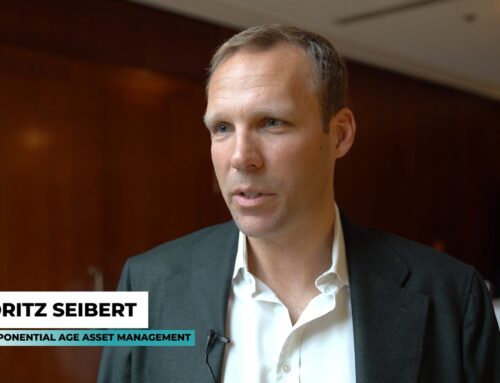Corona: Miles Away From Ordinary. Momentum and mean-reversion. Palladium: Supply, demand and the apocalypse
Last week due to upcoming travel plans and news coverage of all varieties, our minds were mostly occupied by the spread of the Coronavirus miles away from ordinary. While we are still looking for the perfect solution to protect ourselves from any danger, this interactive dashboard from the John-Hopkins University Center for Systems, Science and Engineering might be helpful in judging which cities are better avoided on your upcoming business trip. Still, we were not totally oblivious of some of the market moves regarding the estimated economic impact. According to this Bloomberg article, automotive and hardware sectors in the global supply chain will be hit hardest. As a result, the shock might hit automotive companies hardest. Bad news for German car producers, who are already struggling with the ascent of Tesla and the after-effects of the diesel-emissions scandal as well as upcoming tighter regulations.
This weeks episode of the Systematic Investor Podcast already hit the virtual shelves on Saturday, basically front-running our weekly summary. The guys engaged in an worthwhile discussion on the combination of mean-reversion strategies and trend following.
Do you recommend adding mean-reversion strategies to your Trend Following systems? How do you define short, medium and long-term?… We discuss these questions and more. 👉 🎧 😉 https://t.co/kZ9FBC73Zd @rjparkerjr09 @moritzseibert #Stocks #Trendfollowing #Investing pic.twitter.com/CR09UEBdTr
— TopTradersLive.com (@TopTradersLive) February 9, 2020
This reminded me of this paper from 2010 applying mean-reversion and momentum on the fx market. The paper shows that while some classical cross-sectional momentum approaches can not easily be combined with mean-reversion, a joint modeling perspective following Balvers, Wu and Gilliland (2002) creates significant abnormal mean returns (slightly underperforming those of the stock market) and Sharpe ratios higher than in the stock market. If anyone (like me) feels the need to extend the data set and check the results for themselves, please let me know via twoquants@gmail.com as I’m happy to help in exchange for a cold beer.
Our first post on this blog end of 2019 was about the rally in Gold, which since then has performed quite decently in light of political escalations and the usual fearmongering. Do you know what else performed great? Palladium (Pd).
In this article, Mark Rzepczynski fittingly used Palladium’s case to highlight the inelasticity of supply and demand in commodities. The article definitely shifted our attention back to the markets last week. And the good news for people hoarding the stuff with an eye on fiscal armageddon? It’s less shiny than Gold and with a 4.8 rating on the Mohs hardness scale vs 2.5 for gold it’s at least a bit harder. Yes, it’s not hard enough for a post apocalyptic battle axe or a knife – you need at least a hardness of about 5.5 – but then again sometimes even old bottle caps turn out to be quite useful if you find the right recipient. So maybe you should go out, buy some of the stuff and diversify your holdings.
Palladium price shock – A case study for why commodities are different – inelastic demand and supply https://t.co/LCAaY7dKei pic.twitter.com/S1ZAZ4Seoh
— Mark Rzepczynski (@mrzepczynski) February 7, 2020
Demand for many commodities can be very inelastic because there are limited substitutes. Palladium is a necessary metal in catalytic converters especially for gasoline engines and the next closest substitute, platinum, is less efficient. 85 percent of palladium usage is tied to the automotive industry, so high auto production with more stringent pollution standards will keep demand high.
Supply is also inelastic given the costs of developing new mines and the fact that there are often decreasing returns to scale with mining. In the case of palladium, it is a by-product metal from nickel and gold mining. New mining is a function of the average or combined cost of the metals to be found. Palladium has been in net deficit for a number of years and the inventory buffer stock has been eroded.
So long and happy trading!





